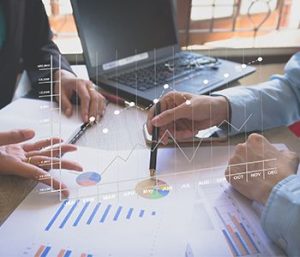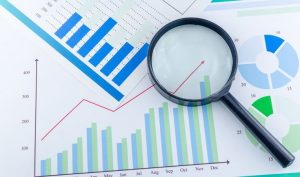Indicators of Economic Development
Economic development is a complex process that encompasses various aspects of a nation’s growth and progress. It goes beyond the mere increase in GDP and delves into the improvement of living standards, reduction of poverty, and enhancement of overall well-being. In this article, we will explore a wide range of indicators that help gauge the level of economic development in a country.
Understanding Economic Development
Defining Economic Development
At its core, economic development refers to the sustained and consistent improvement in a country’s economic, social, and environmental conditions. It involves not only the quantitative growth of an economy but also the qualitative enhancement of its citizens’ lives.
GDP and Beyond: A Holistic View
While Gross Domestic Product (GDP) is often used as a primary indicator of economic performance, it only offers a partial view. True economic development encompasses a broader set of indicators that reflect the overall well-being of the population.
Key Indicators of Economic Development
Human Development Index
The HDI combines factors like life expectancy, education, and per capita income to provide a comprehensive measure of human development. It gives insights into the quality of life and standard of living in a country. Also, read about How to Get Into Politics
Poverty and Income Distribution
Economic development should result in reduced poverty rates and a more equitable distribution of income. Monitoring the percentage of the population living below the poverty line and the Gini coefficient helps assess these aspects.
Employment Opportunities
Low unemployment rates and a diversified job market are indicative of economic development. A growing economy should generate ample employment opportunities for its citizens.
Education and Literacy Rates
Access to quality education and high literacy rates contribute to economic development. These indicators reflect the human capital of a nation, which is vital for long-term growth.
Healthcare Access and Life Expectancy
Adequate healthcare facilities and higher life expectancy demonstrate the advancement of a nation. Healthy citizens are more productive and can actively contribute to economic growth. Also read about Top 10 Corrupt Politicians in the World: Unveiling Scandals
Infrastructure Development
Modern infrastructure, including transportation, communication, and energy systems, facilitates business activities and improves overall quality of life.
Environmental Sustainability
A sustainable environment is essential for long-term economic development. Monitoring indicators like carbon emissions, renewable energy usage, and natural resource management is crucial.
Innovation and Research
Investment in research and innovation fosters economic growth. Patents granted, research expenditure, and technological advancements showcase a country’s progress in this area.
Gender Equality
A society that ensures gender equality provides equal opportunities for all its citizens. This includes equal pay, representation in decision-making roles, and access to education and healthcare.

Industrialization and Economic Diversification
A diverse economy with multiple industries is more resilient to economic fluctuations. Economic diversification reduces dependency on a single sector, promoting stability.
Challenges and Considerations
Data Accuracy and Availability
Accurate data collection and availability can be challenging, especially in developing nations. Reliable data is crucial for meaningful analysis of economic development indicators.
Cultural and Contextual Factors
Different cultures and contexts influence the interpretation of economic development indicators. What might be considered progress in one society may not hold the same meaning in another.

Conclusion
Economic development is a multidimensional process that goes beyond GDP growth. A holistic assessment of indicators like HDI, poverty rates, education, and infrastructure provides a more accurate picture of a country’s progress. By addressing challenges and embracing a comprehensive approach, nations can achieve sustainable economic development that truly benefits all citizens.
FAQs
Q1: How is economic development measured?
Economic development is measured using a combination of indicators such as GDP, HDI, poverty rates, education levels, and more. These indicators collectively offer insights into a country’s progress.
Q2: Why is gender equality considered an indicator of economic development?
Gender equality is essential for social progress and economic growth. When women have equal access to opportunities, it contributes to a more productive and inclusive society.
Q3: How does innovation contribute to economic development?
Innovation drives technological advancements, which, in turn, stimulate economic growth. Innovations lead to improved products, services, and processes that enhance overall productivity.
Q4: What role does infrastructure play in economic development?
Infrastructure supports economic activities by providing the necessary facilities for transportation, communication, and energy distribution. It enhances business operations and improves the quality of life for citizens.
Q5: How can developing countries overcome data challenges for economic indicators?
Developing countries can collaborate with international organizations and invest in data collection infrastructure to improve data accuracy and availability for economic indicators.
